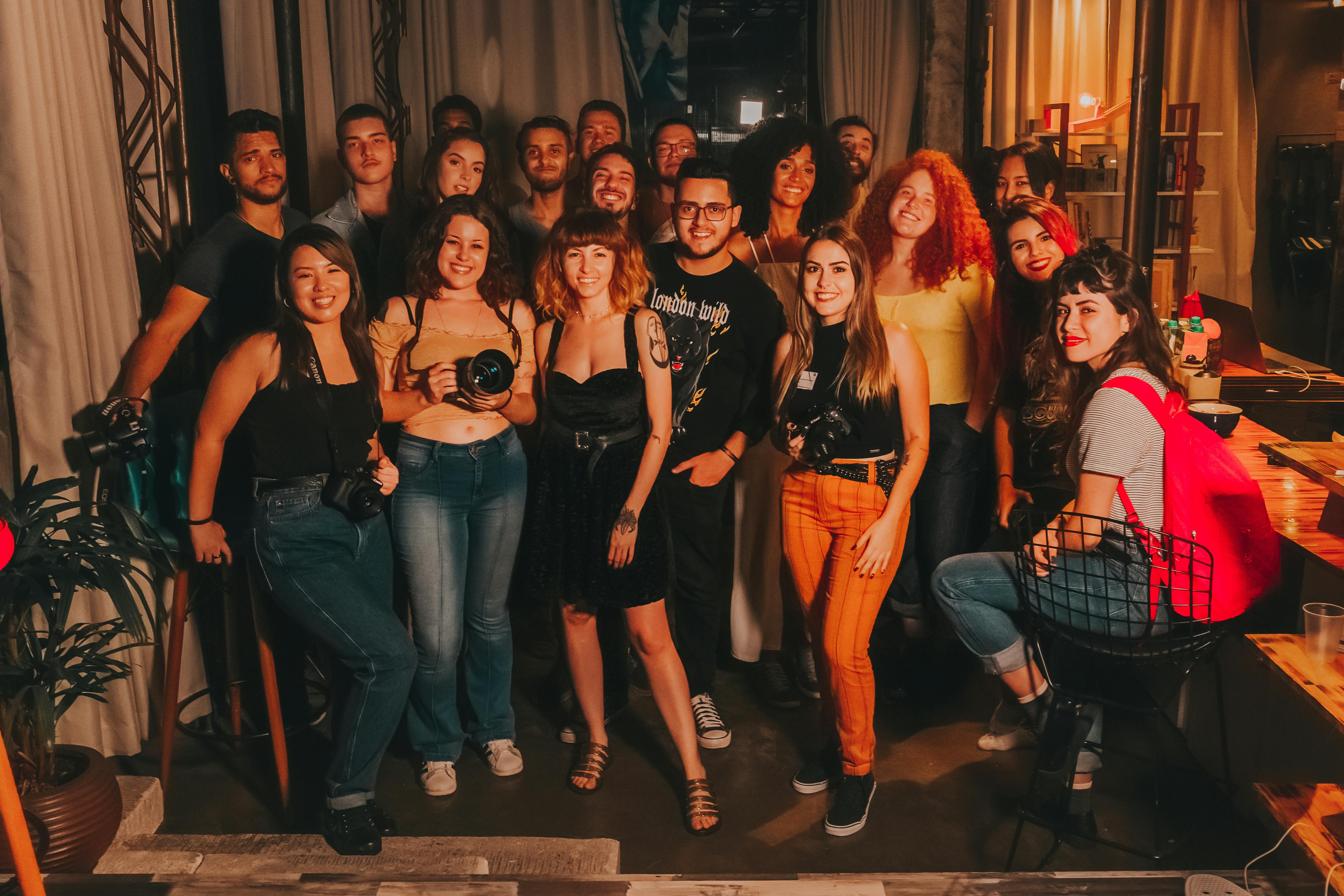Elizabeth Fleischman was one of the first pioneering women in radiology; He was born in California in 1859. Although he only worked with X-rays for nine years, his presence was strongly felt in the radiology community. Even today, she is fondly remembered for her contributions.
Fleischman was the daughter of a Jewish merchant baker and had to drop out of high school due to financial difficulties. She then worked as an accountant before moving in with her sister Estelle. Estelle’s husband was a doctor and surgeon. Fleischman began work in his medical practice, where his fledgling interest in X-rays soon began to flourish.
Diving into Radiology
Fleischman decided to dedicate his life to radiography when he learned of Wilhelm Rontgen’s breakthrough with X-rays in 1896. He read all the books and publications on the subject that he could find. From Henry Snowden Ward’s hands-on radiography to August Dittmar’s Prof. Roentgen X-rays, he immersed himself in the study of X-rays.
Fleishman enrolled at the school in 1896 to study electrical science, prompted by a lecture on X-rays and a presentation by Professor Albert Van der Naillen of the Van Der Naillen School of Engineering. Later, her father helped her buy an X-ray machine and a fluoroscope. He mastered the art of X-rays in less than a year. Soon, she opened her first X-ray laboratory in San Francisco, becoming California’s first radiologist by a margin of many years. He married Israel J. Aschheim in 1900, putting his hyphenated name to Fleischman-Aschheim, which was incredibly rare for a woman at the time.
Perfecting the craft
It wasn’t long before Fleishman was praised for her talented radiographic skills. She was employed by government officials to perform X-ray work on the Pacific coast in San Francisco. It was also acclaimed in many medical and scientific journals. Even the Surgeon General at the time, George Sternberg, praised Fleishman for his work when he visited his lab and said that his X-rays were the best he had ever seen. He did all the radiographic work for the US Army, and for the first time, he proved especially skilled when wounded soldiers returned from the Philippines. He was able to locate the bullets and splinters embedded in the soldiers’ bodies for surgeons to remove.
The Roentgen Society of the United States expressed its gratitude to her in a letter, noting that “if Miss Fleischman is a fair criterion of what other women can do in radiography, it will be good for us that the infection spreads. It improved the art. , made the most accurate diagnosis and has been economically and socially successful. “
Sacrifice by radiography
In 1904, after eight years of tireless work in the X-ray community, becoming “indispensable to Army physicians” as noted in the San Francisco Chronicle, Fleischman noticed burns developing on his hands from radiation from X-rays. He started wearing gloves to protect himself, but it was too late. In 1905, Fleischman lost his right arm due to severe radiation poisoning that disintegrated his skin tissue; being amputation the only way to save his life. He had to give up his illustrious career and never regained his health. He died seven months later at the young age of 46.
Fleischman was greatly missed in the medical community, and it was noted that science lost one of the most ardent workers in the interests of afflicted humanity. His headstone in the Salem Cemetery in San Francisco reads, “I think I did something good in this world.”
Fleischman is continually remembered as one of the greatest pioneers in the science of X-rays. She paved the way for many women after her in the medical industry.
